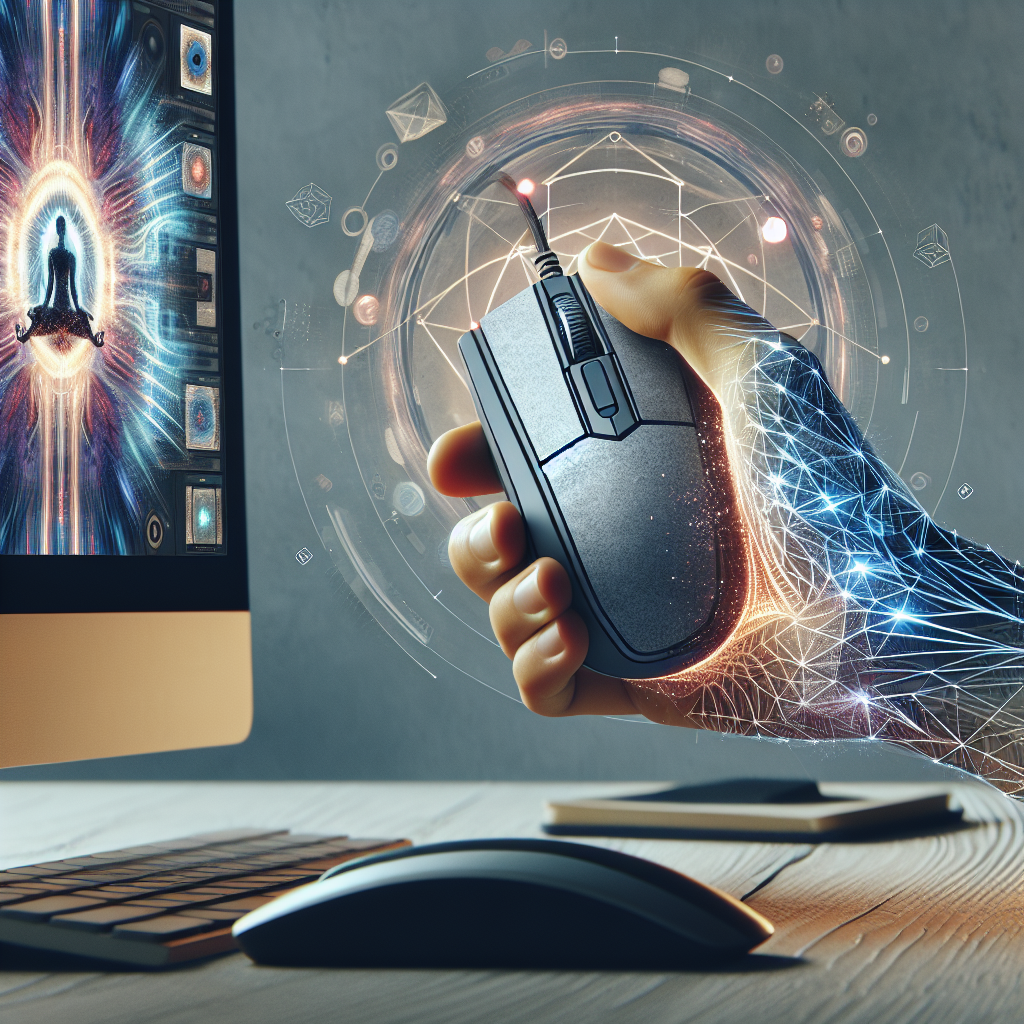With the constant evolution of technology, traditional computer peripherals are being transformed to offer more immersive and interactive experiences. One such development is the introduction of force feedback mice. Designed to provide tactile sensations, these advanced pointing devices can significantly enhance user interaction across various applications. But what exactly are force feedback mice, and how do they enhance user experience in certain fields? Let’s find out.
Understanding Force Feedback Technology
Force feedback technology utilizes motors and actuators to create physical sensations in a user interface, simulating real-world interactions. Traditionally found in gaming controllers and steering wheels, this technology has now been incorporated into computer mice to provide haptic feedback, enabling users to feel virtual objects and textures.
| Aspect | Description |
|---|---|
| Definition | Force feedback is a technology that uses motors to provide tactile sensations. |
| Common Uses | Initially used in gaming controllers, now in computer mice. |
| Benefits | Enhanced realism, improved accuracy, and immersive experiences. |
Enhanced Gaming Experience
Force feedback mice offer a substantial improvement in gaming, providing tangible sensations that give users better control and a more immersive experience. Gamers can feel the recoil of a weapon, the resistance of virtual surfaces, or the rumble of an explosion. This sensory input can make actions feel more realistic and engaging, potentially enhancing reaction times and in-game performance.
Some popular games that benefit greatly from force feedback mice include first-person shooters (FPS), racing simulators, and role-playing games (RPGs). These genres rely heavily on user immersion and precise control, which are significantly elevated by tactile feedback.
Precision in Design and CAD Applications
In design and computer-aided design (CAD) applications, precision is paramount. Force feedback mice can simulate the texture and resistance of materials, allowing designers to feel their creations. This added layer of interaction aids in understanding the materiality and ergonomics of a design, resulting in more accurate and refined work.
Benefits in Design
- Improved material simulation and texture feel.
- Enhanced precision and control in designing intricate details.
- Better ergonomic understanding for user-centric designs.
Medical Training Simulations
The healthcare sector, particularly in medical training simulations, benefits immensely from force feedback technology. Trainees can use force feedback mice to practice surgical procedures, feeling the resistance of different tissues and organs. This hands-on experience is crucial for developing the tactile skills required in real-life medical scenarios, thus improving training outcomes and reducing the risk of errors during actual surgeries.
Arts and Digital Sculpting
Artists and digital sculptors can also utilize force feedback mice to their advantage. The tactile feedback allows them to feel the virtual clay or paints they are manipulating, providing a sense of touch that can be critical for creating detailed and expressive works. This added dimension can make digital sculpting feel more like traditional physical sculpting, helping artists produce better quality work.
How Artists Benefit
- Realistic sensation of materials like clay and paint.
- Enhanced control over fine details and textures.
- Ability to replicate traditional sculpting techniques digitally.
Accessibility and Assistive Technologies
Force feedback mice can transform the way individuals with disabilities interact with computers. For those with visual impairments, the tactile feedback can serve as an additional sensory input, helping them navigate and interact with digital environments more effectively. This makes technology more accessible and inclusive, promoting greater independence and usability.
Assistive Benefits
- Improved navigation for visually impaired users.
- Enhanced interaction for individuals with motor control difficulties.
- Greater accessibility in various digital applications.
Conclusion
Force feedback mice represent a significant advancement in user interaction technology. By incorporating tactile sensations, these devices provide immersive, realistic, and precise experiences across various fields, from gaming and design to medical training and assistive technologies. As this technology continues to evolve, it is poised to become increasingly integral to how we interact with digital environments, offering endless potential for enhancing user experiences.

